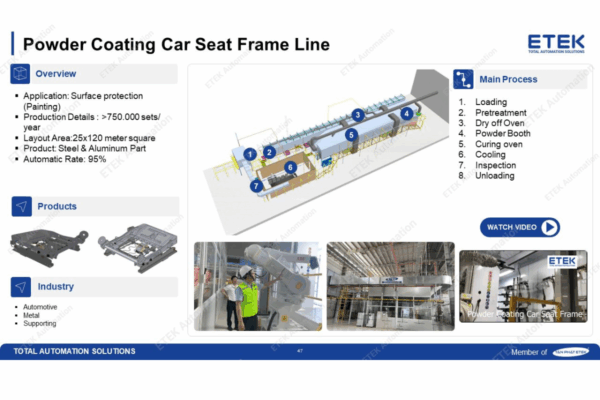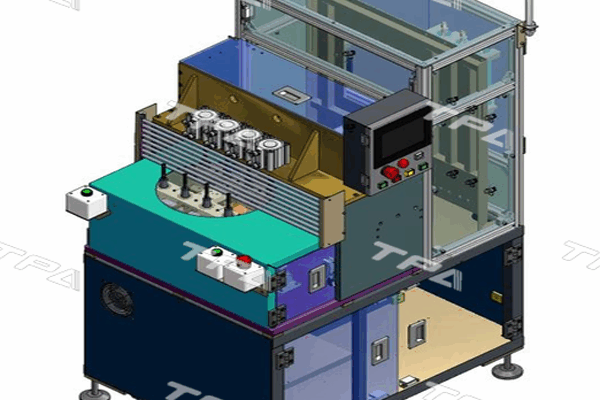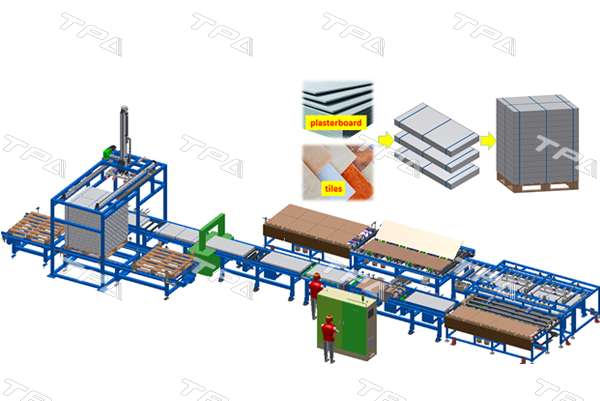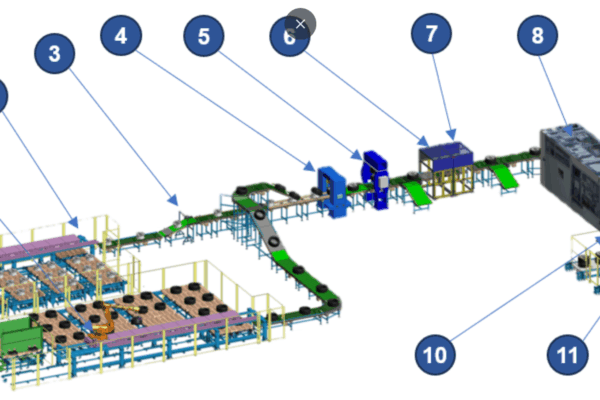Intralogistics refers to all logistics activities within the confines of a warehouse or factory, encompassing the design, implementation, management, monitoring, and optimization of material flows and the corresponding handling of information.
A smart intralogistics system facilitates efficient management of materials and goods within a facility by providing:
This creates a seamless, closed-loop flow of both materials and information.
A simple intralogistics process includes the following stages: receiving raw materials, converting raw materials into finished products, storage, inventory management, and shipping. Today, with the application of modern technologies such as robots, conveyor systems, sensors, AMR/AGV for material transport, storage racks, and smart warehouse and robot management software, the entire intralogistics process can be fully automated.
We provide expertise and solutions to support each phase of the customer’s intralogistics automation process, including analysis and assessment, design, implementation, and technical support.
We offer automation solutions such as:
The application of automation in intralogistics offers several benefits, including:

In the era of Industry 4.0—where production speed, product quality, and operational efficiency are key to enhancing competitiveness—manufacturers are increasingly investing in automated systems. One of the most advanced and…

What is Automated Glue Applicator? Glue application automation is the use of glue application robots, cobots (collaborative robots) and intelligent control systems to perform the glue application process on the product…

DESCRIPTION Application Packaging, pallerizing Professions CPG, F&B, Metal, Auto, Construction.. PRODUCTS Description Large & heavy products : tiles, plasterboard… Dimensions (max) (mm) 600 x 1200 x 100* Weight (max) (kg)…

The automotive industry demands high-volume tire manufacturing solutions that deliver exceptional speed, consistency, and reliability. ETEK Automation provides comprehensive tire assembly line systems that integrate advanced automation technology to meet…